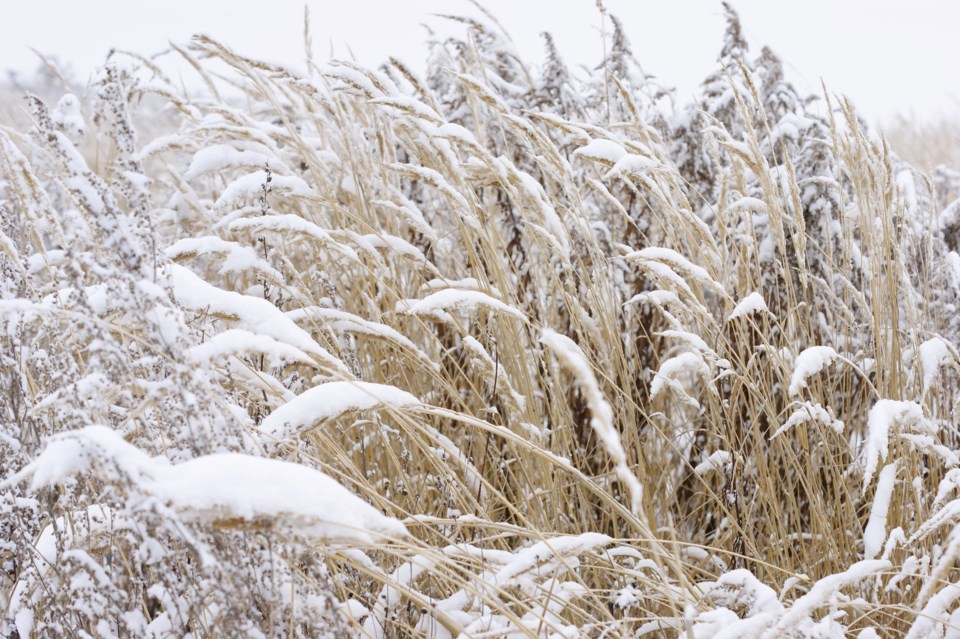You don’t plant it in the spring muck, it’s good for soil health, it competes well with weeds and it tends to yield better than spring varieties.
Is it time to incorporate winter wheat into your crop rotation?
A variety different from "spring wheat,” winter wheat is ideally planted in the last week of September. The plant needs to experience winter’s cold temperatures before it can produce a head with seeds – a metabolic process known as “vernalization.”
Before the long winter plunge, winter wheat seedlings begin growing and developing cold tolerance or hardiness as soil temperatures dip below nine degrees Celsius. The colder months can be thought of as a period of hibernation or dormancy, though the plants spend time in and out of growth and are never truly dormant.
Come springtime, as soil temperatures rise above nine degrees Celsius, plant growth begins again – in theory. There’s also much that can go awry.
Especially rainy conditions can drown out seeds; there’s the threat of “frost heaving,” where a seed is heaved from the cold soil before it has a chance to root; there’s significant weed and disease control involved; and, of course, the high cost is certainly a factor holding some farmers back.
But Matt Kennes, a sales agronomist with Smithville-based Twenty View Farms, is a proponent for winter wheat.
Some grow the crop for bedding or feed, but Kennes says the major benefit of incorporating winter wheat into rotation is the benefits to the soil.
The crop prevents wind and water erosion, reduces compaction in springtime, diversifies soil nutrients and lowers risk of disease buildup, and the broken-down straw is high in phosphorus.
The real challenge to growing? Timely planting, Kennes says.
The earlier the crop is planted the better, giving the seedlings time to acclimate before the big freeze, making for a better yield.
According to an Ontario Ministry of Agriculture, Food and Rural Affairs (OMAFRA) “crop talk” publication, research has shown “a 1.1 (bushel)/acre/day decrease in yield for each day that planting is delayed beyond the optimum date.”
With this year’s dry conditions, crops planted in springtime matured faster and were able to be harvested earlier in the fall, leaving plenty of prime opportunity to get winter wheat in.
Agricorp, the crown corporation that oversees Ontario’s crop insurance programs, also extended reporting timelines for crops this year, meaning farmers had until mid-November to take care of planting and still have their acres qualify for coverage.
Despite winter wheat’s demands, the payoff can be significant on acreage that may otherwise sit unused.
Ending off the year, futures contracts are sitting at or above $7 across the board – it’s a good sign for those who opted to plant this fall.
For those thinking of adopting winter wheat into their rotation next fall (particularly those growing soybean), Kennes says to plan out how many acres you’ll plant and opt for an earlier maturing soybean, allowing for an earlier harvest and ample time to get winter wheat in.
- Jordan Snobelen, Niagara This Week, local Journalism Initiative



